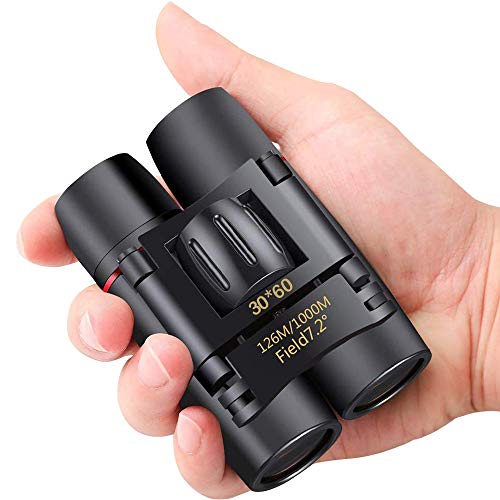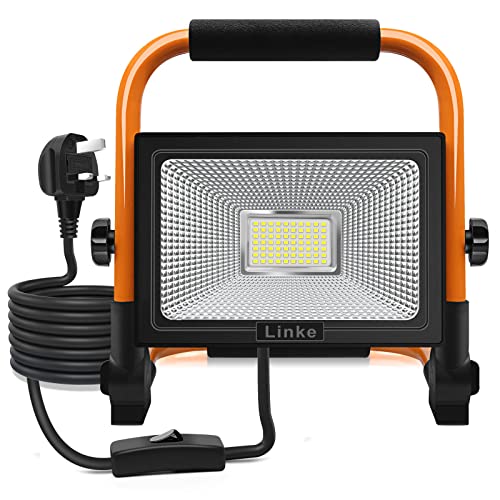Understanding Binoculars for Bird Watching: Key Features to Consider
What Makes Binoculars Ideal for Bird Watching?
When looking at binoculars for bird watching, there are several key features that can make a significant difference in your experience. First, clarity and brightness are crucial as birds can often be quick and elusive, hiding among leaves or flying at varying distances. Look for binoculars with high-quality optics, as this ensures crisp and clear images that allow you to identify even the smallest details on a bird’s plumage. Additionally, the field of view, which refers to how much of the scene you can see at a glance, is important. A wider field of view helps you spot birds more easily as they move quickly, enhancing your bird watching experience.
Importance of Durability and Comfort
Bird watching often takes place in various environments, from the dampness of wetlands to the dryness of forests. Thus, the durability of your binoculars is paramount. We suggest opting for waterproof and fog-proof models which can withstand different weather conditions. Comfort is equally crucial since bird watching can involve long hours of observation. Look for models that are lightweight and have rubber armoring, which provides both grip and protection against bumps.
Choosing the Right Magnification and Objective Lens Size
Finding the Perfect Balance
Magnification and objective lens size are two of the most important specifications when selecting binoculars. Magnification is represented by the first number in the binocular description, such as 8x or 10x. Higher magnification allows you to see distant birds more clearly, but it also narrows the field of view and may make the image shakier. For most bird watching, a magnification of 8x or 10x strikes a good balance between detail and stability.
The Role of Objective Lens Size
The second number in the binocular specs refers to the diameter of the objective lens, usually measured in millimetres. This size influences how much light enters the binoculars, affecting brightness and clarity. A larger objective lens, like 42mm, allows more light, which is essential in low-light situations, like dawn or dusk when birds are most active. A good rule of thumb is to select a model with an objective lens size of 32mm to 42mm for excellent light transmission without making the binoculars too bulky.
Essential Accessories for Enhancing Your Bird Watching Experience
What Add-Ons to Consider?
To enhance our bird watching sessions, we can consider a few essential accessories. A good quality tripod can help steady binoculars during prolonged observation, reducing eye strain and offering a clearer view. Additionally, we should think about a binocular harness instead of a neck strap. Harnesses distribute the weight more evenly, making it more comfortable for extended periods. Lens cleaning kits can also be beneficial, ensuring our view stays clear by removing dust and moisture.
Top Binoculars for Every Budget: Recommendations and Reviews
Affordable Options for Beginners
For those new to bird watching, several budget-friendly options offer reliable performance without breaking the bank. Models like the Celestron UpClose G2 provide good magnification and light gathering capabilities. As we progress, we might explore mid-range binoculars such as the Vortex Diamondback, known for their excellent clarity and robust build, ideal for more serious birders.
Premium Choices for Enthusiasts
For seasoned bird watchers, premium models like the Zeiss Terra ED offer superior optics and exceptional brightness, making them perfect for early morning excursions. While these models are a higher investment, the clarity and quality of the image can greatly enhance our overall experience, allowing us to spot and observe birds in detail.
Tips for Using Binoculars Effectively in the Field
Getting to Grips with Your Binoculars
Once we’ve chosen our binoculars, it’s important to use them effectively for the best bird watching experience. Start by adjusting the eyecups according to your eyeglasses or comfort level. Make sure the focus is set properly, which can vary between different distances. We recommend practicing by observing stationary objects before heading out to ensure we’re fully comfortable.
Mastering Bird Watching Techniques
During our outings, patience is key. Birds may not always be immediately visible, so it’s essential to learn how to locate them using both auditory cues and visual ones. When we’ve spotted a bird, slowly raise the binoculars to our eyes to avoid startling it. Observing birds in their natural habitat can take time, so relaxing and enjoying the process is crucial.

























